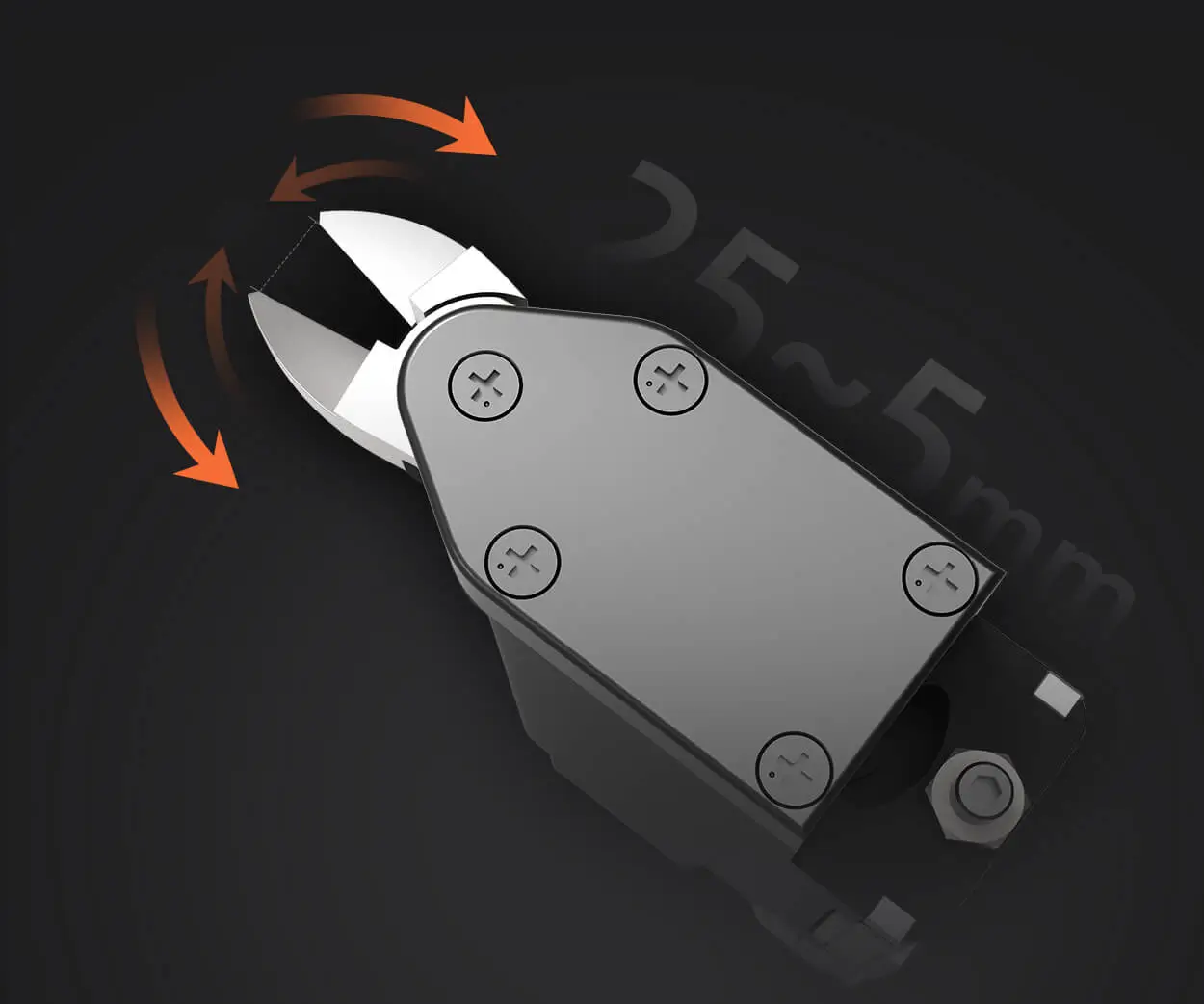Imagine diving into a project where a tiny motor, a few wires, and some smart connections turn your ideas into reality. That’s the magic of the Arduino servo motor pinout—that seemingly simple diagram packed with endless possibilities. It's like the artist's palette, but for robotics and automation. When you understand what each pin does, suddenly complex tasks are a walk in the park.

Let's talk about that pinout. Typically, the servo motor has three essential pins—power (often labeled VCC or +), ground (GND or -), and signal (PWM input). Blasting power into the motor without paying attention to the right voltage? Bad idea. You might end up burning out your servo or just making it dance unpredictably. That’s why awareness of the pinout keeps things safe and running smoothly. Think of it as knowing the secret handshake that keeps everything in sync.
Ever wondered what makes a servo tick? Imagine the signal pin as the maestro’s baton, guiding the motor on how far and how fast to turn. Small voltage shifts can command precise movements—think about steering a robotic arm that picks up delicate objects or controlling a camera mount that tracks the sunrise.
The power pin is the life force. Too low, and the servo might just stutter; too high, and you'll see sparks flying—or worse, damage to your device. The ground is the common ground that keeps everything grounded—literally—preventing unpredictable behavior or inconsistent motions. Recognizing these details isn’t just technical navel-gazing; it’s about creating reliable, repeatable performance, especially when you’re orchestrating multiple servos in a complex setup.
Why does this matter? Because understanding pinout details accelerates your prototyping. Let’s say you’re building a mini robotic rover. Connecting the servo's power to a stable 5V source, ensuring the ground lines up, and adding a clean PWM signal—simple, right? But if one connection is off, your servo could jitter or stall. Small details, big difference.
What about the questions buzzing in your mind? Sometimes, people ask if you can connect multiple servos to a single power source. Yes, but beware—each servo can draw a hefty current, especially under load. Overloading can cause voltage dips, leading to erratic movements or resets. A separate power supply for high-current servos often makes a difference.
Ever noticed that not all servos are created equal? The pinout standards are generally consistent, but variations exist—even among reputable brands, sometimes with extra features or different pin orders. That's another reason understanding your specific servo model’s pinout is gold; it keeps your project running smooth without guesswork.
Thinking about the future, mastering the servo pinout isn’t just about one project. It opens doors to advanced robotics, automation, and even mechatronics. It's like knowing the keyboard shortcuts—once you’ve got them, the flow becomes seamless.
If you're wondering whether to jump in, just remember—each connection is a piece of a bigger puzzle. With clarity on the pinout, you turn chaos into craftsmanship. That’s what elevates a simple project into art.
Established in 2005, Kpower has been dedicated to a professional compact motion unit manufacturer, headquartered in Dongguan, Guangdong Province, China. Leveraging innovations in modular drive technology, Kpower integrates high-performance motors, precision reducers, and multi-protocol control systems to provide efficient and customized smart drive system solutions. Kpower has delivered professional drive system solutions to over 500 enterprise clients globally with products covering various fields such as Smart Home Systems, Automatic Electronics, Robotics, Precision Agriculture, Drones, and Industrial Automation.




































